Class disparity in America is growing at an alarming rate, creating a chasm between the wealthy and the rest of society. How did we get here, and what can be done to bridge the gap?
1. Rising Income Inequality

The top 1% of Americans hold more wealth than the bottom 90% combined. This stark disparity continues to widen each year.
2. Stagnant Wages for the Middle Class
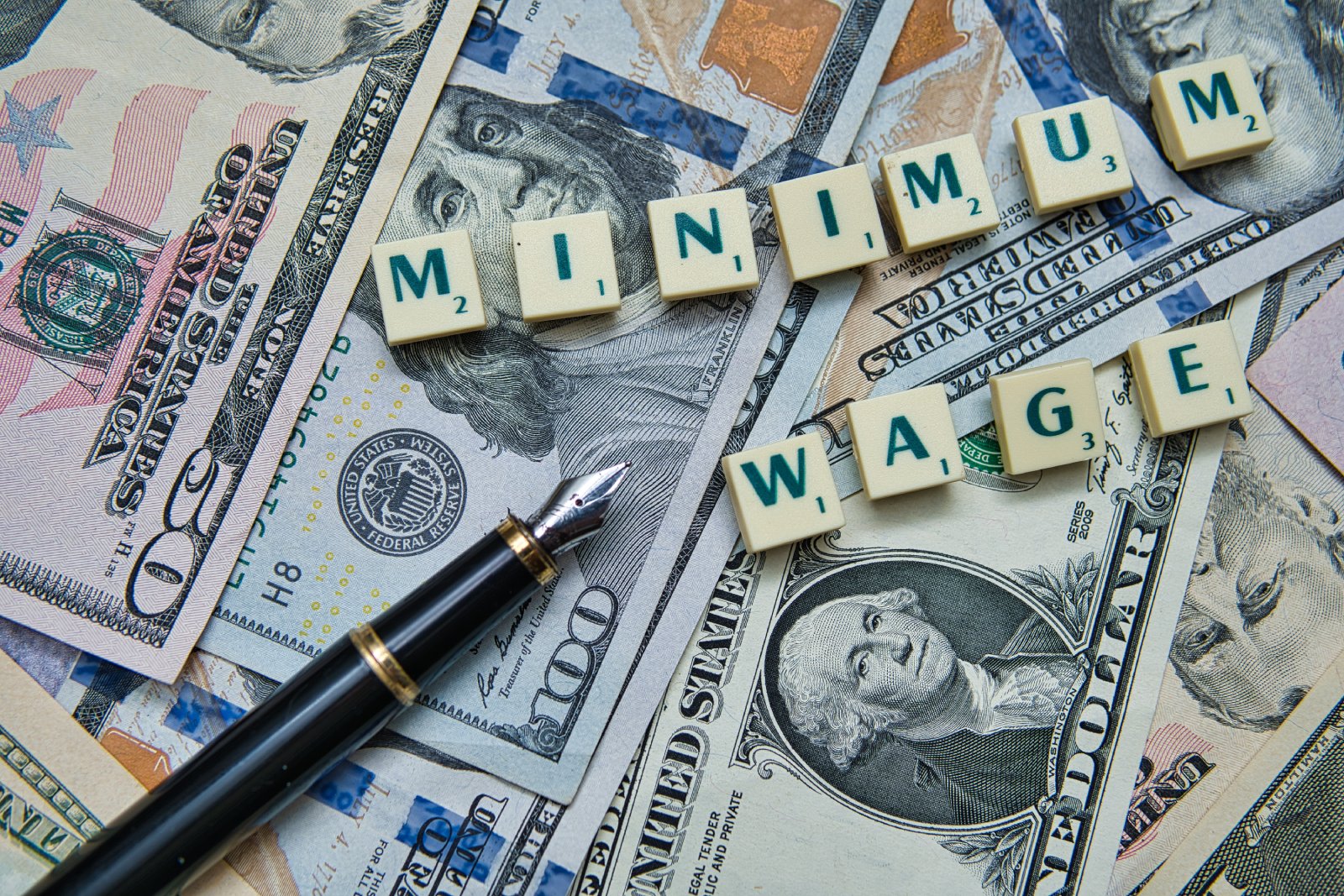
While the cost of living skyrockets, middle-class wages have remained stagnant for decades. This imbalance leaves many struggling to make ends meet.
3. Escalating Cost of Education
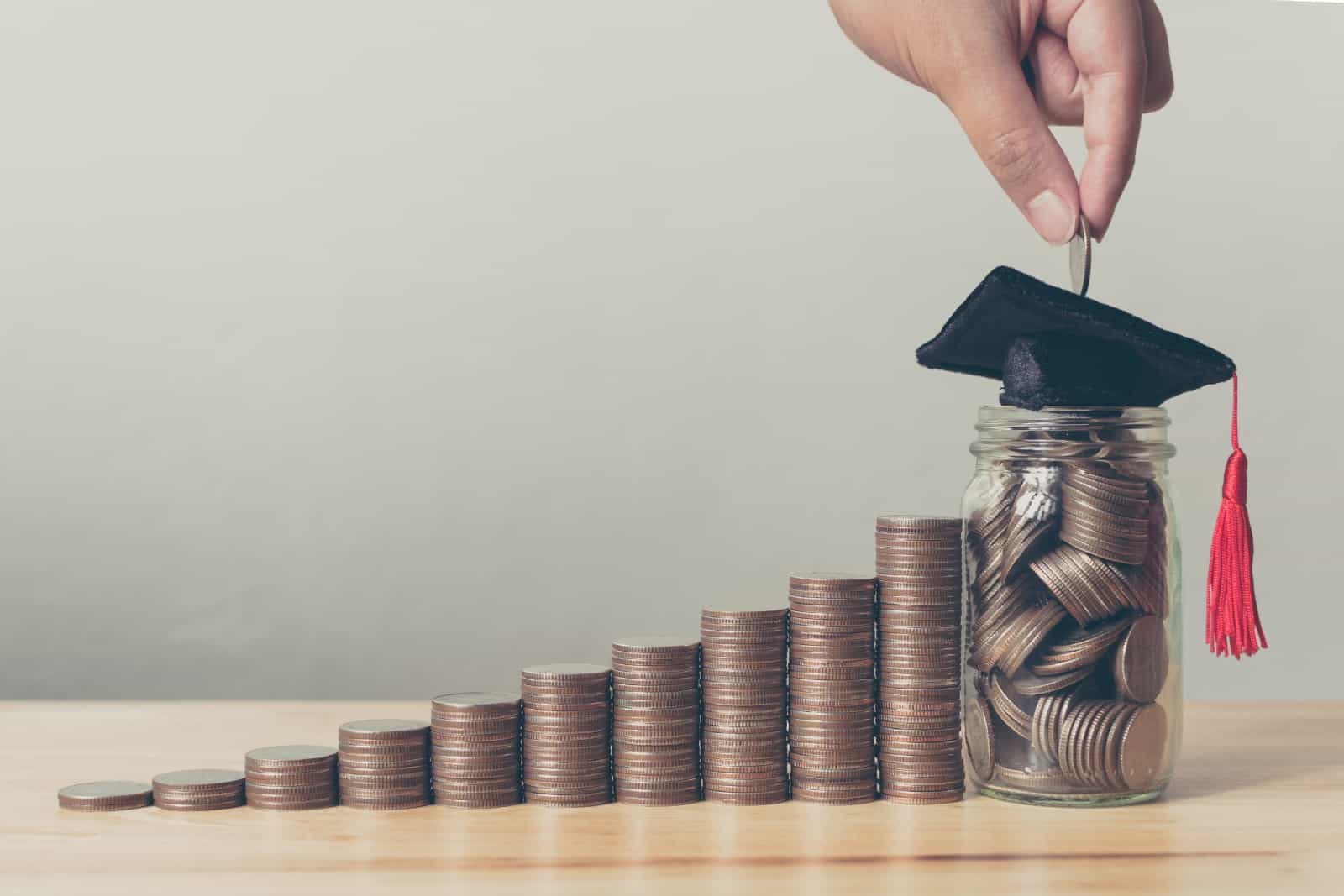
The cost of higher education has soared by over 200% in the past 20 years. This financial burden disproportionately affects low-income families.
4. Health Care Disparities

Access to quality health care is a luxury many Americans can’t afford. The uninsured rate remains significantly higher for low-income individuals.
5. Housing Affordability Crisis

Rising housing costs are pushing low- and middle-income families out of urban areas. Homelessness rates are increasing as a result.
6. Wealth Gap Among Racial Lines

The median wealth of white households is 10 times greater than that of Black households. Systemic racism continues to perpetuate this economic divide.
7. Food Insecurity

Over 35 million Americans face food insecurity, with a disproportionate number being from low-income communities. This issue has only worsened during the pandemic.
8. Tax Breaks Favoring the Rich

Tax policies in the U.S. overwhelmingly benefit the wealthy. Loopholes and deductions allow the richest to pay a lower effective tax rate than the middle class.
9. Corporate Influence in Politics

Wealthy corporations wield significant power in Washington, often prioritizing profits over the public good. This influence exacerbates economic inequality.
10. Lack of Social Mobility

The American Dream of upward mobility is increasingly out of reach. Socioeconomic status is more likely than ever to be inherited from one generation to the next.
11. Gender Pay Gap

Women, particularly women of color, earn significantly less than their male counterparts. This gap persists across nearly all industries and professions.
12. Underfunded Public Schools

Public schools in low-income areas receive significantly less funding than those in affluent neighborhoods. This underfunding hampers educational opportunities for many children.
13. Retirement Insecurity

Many Americans face an uncertain financial future as pensions disappear and social security remains underfunded. The retirement savings gap is particularly severe for low-income workers.
14. Digital Divide

Access to technology and the internet is uneven, with low-income households often lacking reliable internet. This divide hinders educational and professional opportunities.
15. Cost of Child Care
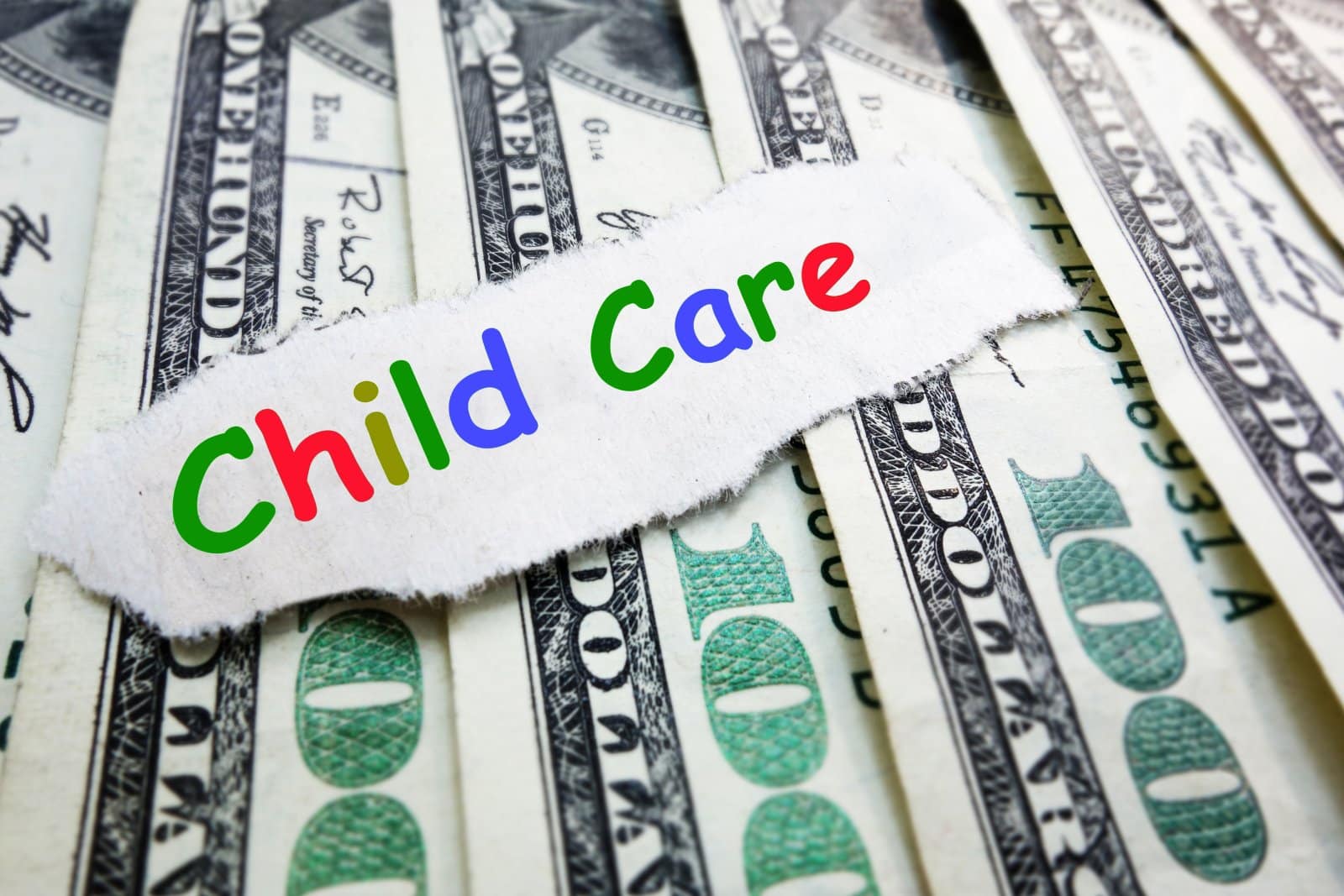
Child care costs have become prohibitively expensive, consuming a large portion of household income. This burden falls heaviest on single parents and low-income families.
16. Student Loan Debt
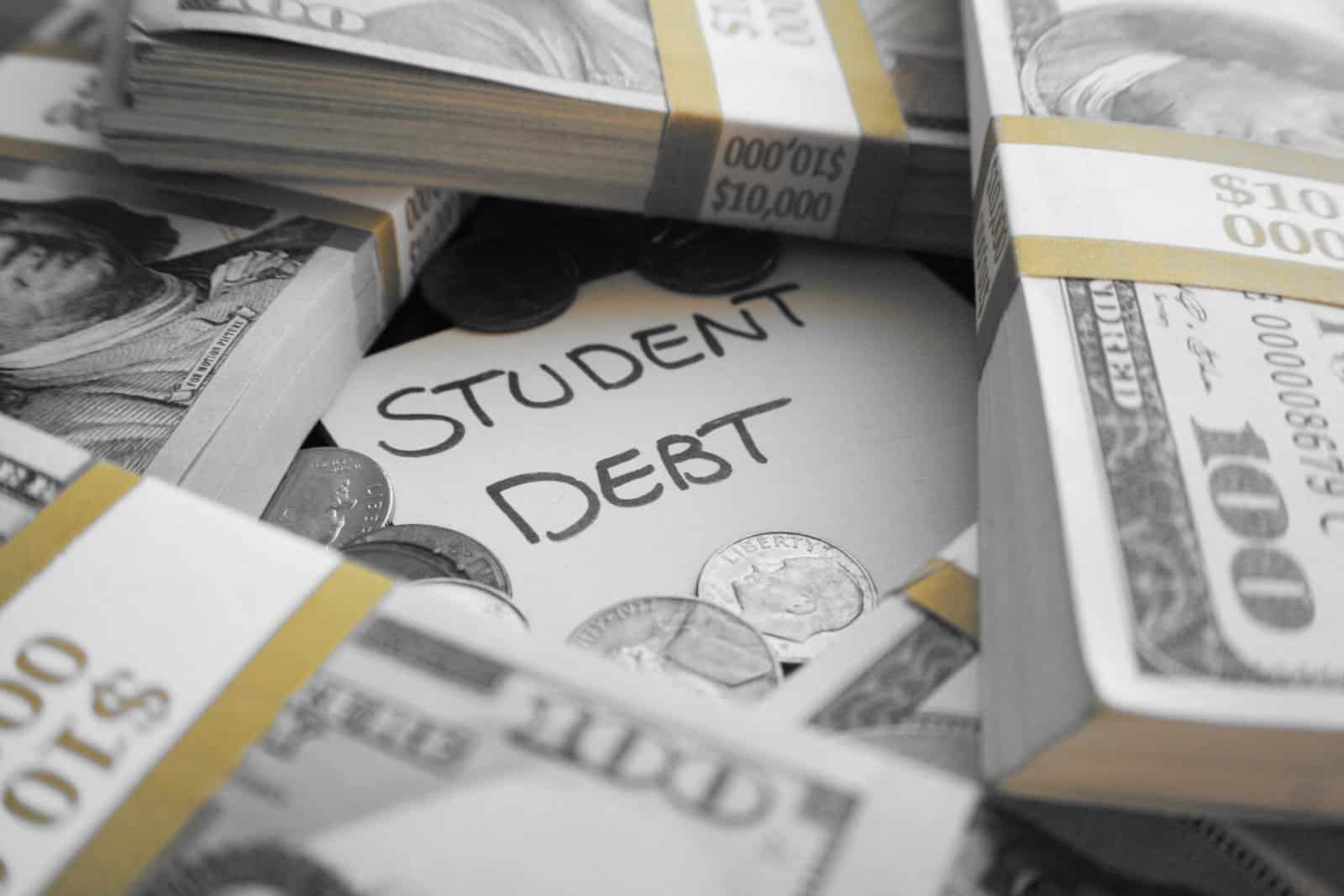
Americans owe over $1.7 trillion in student loan debt. This debt burden limits economic opportunities for many young adults.
17. Inequitable Criminal Justice System

Low-income individuals are more likely to face harsh penalties and longer sentences compared to wealthier counterparts. Bail and legal fees further entrench poverty.
18. Employment Discrimination

LGBTQ+ individuals, especially transgender people, face higher rates of unemployment and workplace discrimination. This bias exacerbates economic insecurity within the community.
19. Climate Change Disproportionately Affects the Poor
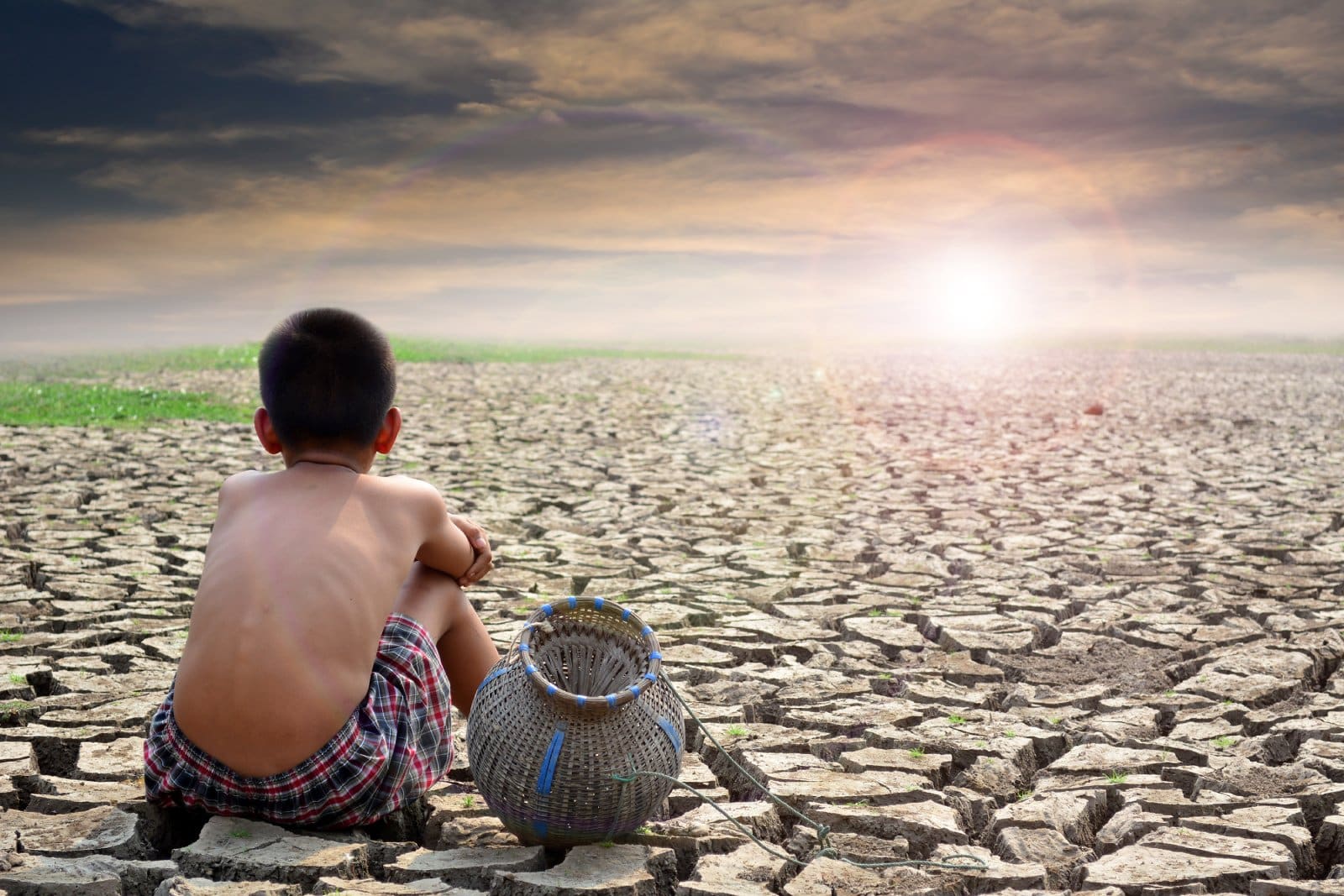
Low-income communities are more vulnerable to the impacts of climate change. These areas often lack the resources to recover from natural disasters and environmental hazards.
The Path Forward
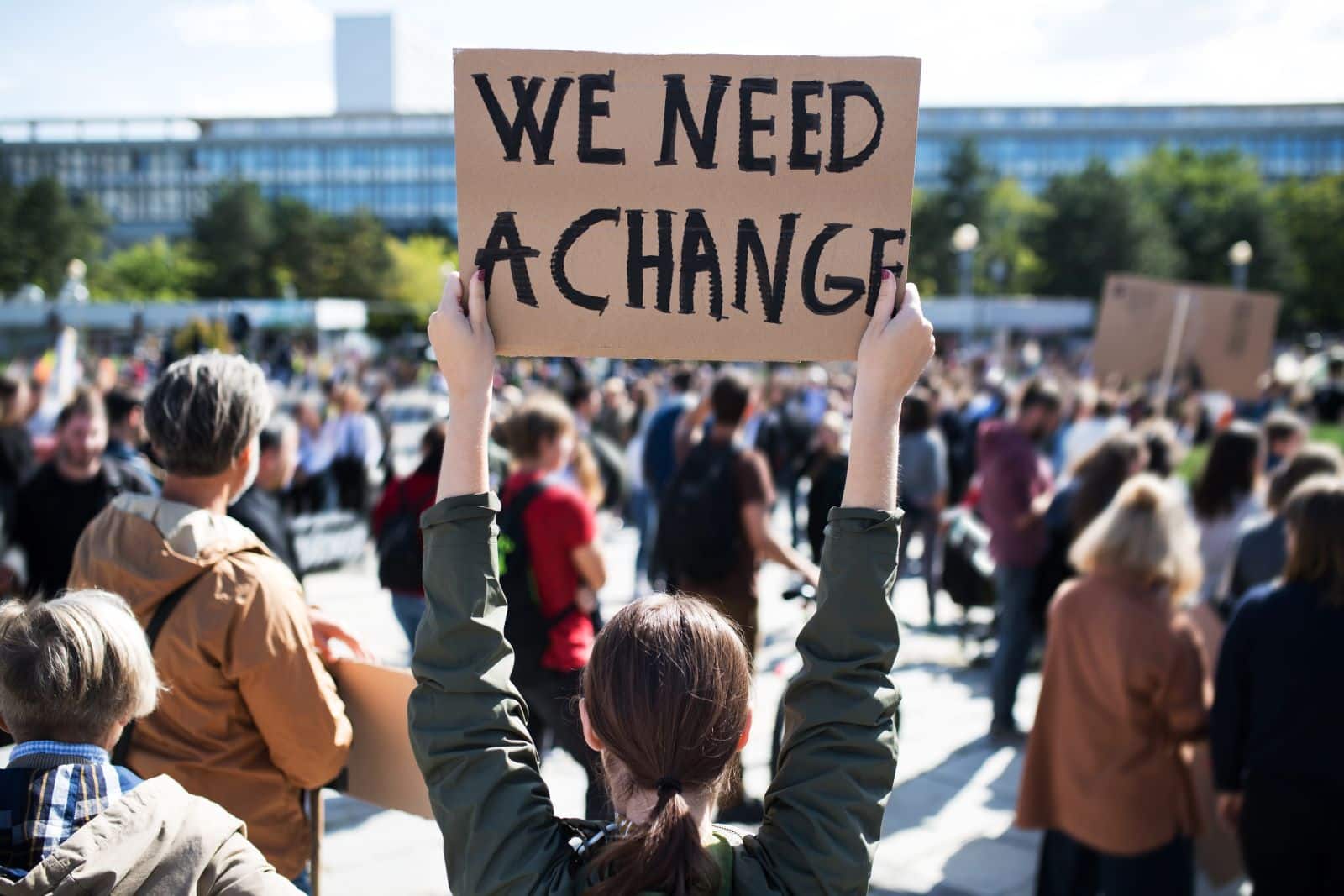
Addressing class disparity in America requires systemic change and robust policy interventions. Only by tackling these issues head-on can we hope to build a more equitable society for all.
The post 19 Disturbing Facts About Class Disparity in America first appeared on Pulse of Pride.
Featured Image Credit: Shutterstock / Melnikov Dmitriy.
For transparency, this content was partly developed with AI assistance and carefully curated by an experienced editor to be informative and ensure accuracy.

